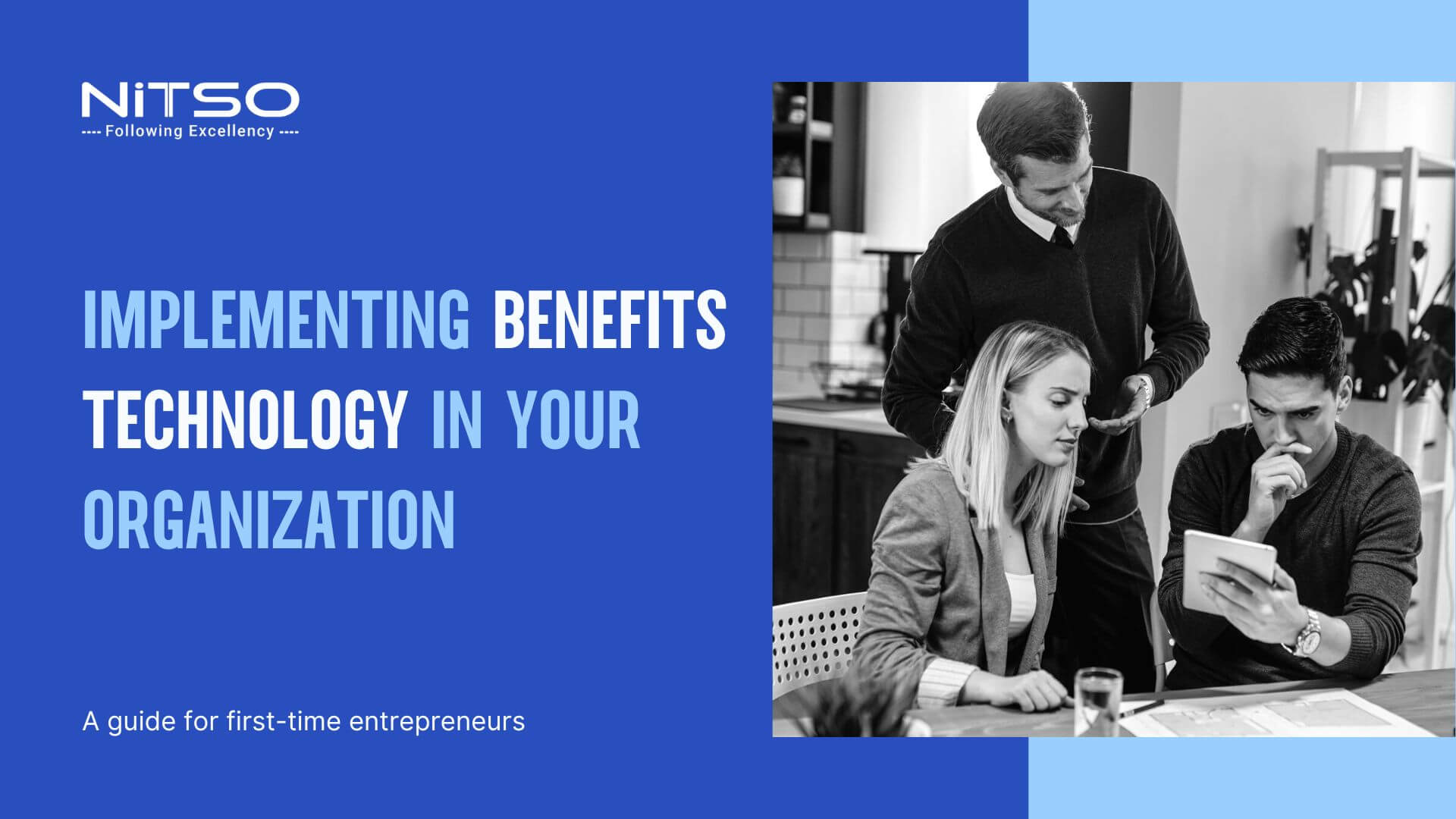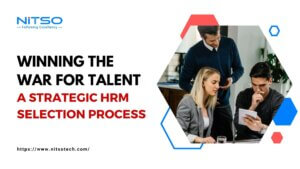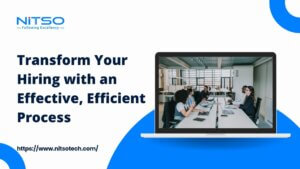Selecting and implementing the right benefits technology is crucial for any organization looking to streamline benefits administration. With a growing array of solutions on the market, it can be challenging to determine what will best meet your needs and integrate with your existing infrastructure. However, taking a strategic approach can help ensure a successful implementation that maximizes value.
The process requires carefully assessing your requirements, thoroughly researching options, meticulously planning for integration and change, executing flawlessly, and being prepared to evaluate and optimize on an ongoing basis. When done right, investing in modern benefits technology pays dividends through improved efficiency, reduced costs, and higher employee satisfaction. The following outlines key steps to selecting and successfully rolling out new benefits platforms and tools in your organization.
Best Implementation Strategies For Benefits Technology
Assess Your Needs
Taking the time upfront to thoroughly assess your organization’s needs and requirements will pay rewards later in guiding your benefits technology selection and implementation. Be sure to take the following steps:
- Document detailed requirements and challenges you aim to address with new benefits technology. Be comprehensive upfront to guide your search.
- Analyze current workflows, processes, and pain points. Include frontline staff for input.
- Evaluate existing infrastructure and integration needs with HRIS, payroll, analytics systems etc.
- Determine must-have features like benefits enrollment, eligibility management, life event changes, etc.
- Assess administration needs around reporting, compliance, consolidating platforms, and reducing paper processes.
- Consider desired online/mobile functionality for employees and HR staff.
- Factor in implementation and training support required. Also IT, security, and support requirements.
- Estimate budget available based on ROI expectations and total cost of ownership factors.
- Continually update your needs analysis as requirements evolve.
Research Extensive Options
Once you have a clear understanding of your organization’s needs and top priorities for benefits technology, the next critical step is researching the various solutions available in the market.
With the benefits of technology constantly evolving, it is important to explore all of the latest software and systems. Be sure to look beyond just core HRIS and benefits administration platforms. Consider specialized solutions for things like ACA compliance, leave management, enrollment and more that can integrate with your core systems.
Weigh the pros and cons of all-in-one systems versus assembling a stack of the best apps. Contact potential vendors and dive deep during product demos. Keep your defined needs and must-haves at the forefront to help narrow down the options. Take advantage of free trials and development sandboxes where possible. Reach out to peers for reviews of the systems they use.
Compile detailed comparisons of solutions under consideration using the metrics and features that matter most to your organization. The upfront investment in thoroughly researching a wide range of benefits tech options will pay off significantly in determining the optimal solutions to meet your current and future needs.
Plan Implementation Strategically
Once you’ve selected your preferred benefits technology solutions, investing the time upfront to plan a thoughtful implementation is crucial. Rushing into rollout without structured preparation often leads to headaches, wasted spending, and suboptimal adoption. Be sure to take the following steps:
- Develop a detailed project timeline mapping out phases, milestones, and key dates. Build in buffer time for contingencies.
- Assemble an implementation team including HR, IT, executives, and vendor reps. Assign a dedicated project manager.
- Conduct a gap analysis of new vs existing workflows and processes. Plan modifications and training required.
- Devise a change management plan to drive user adoption. Outline communications, training, and support.
- Collaborate closely with technology vendors on setup, configuration, integration, data migration, testing, etc.
- Pilot new systems first with subsets of employees to smooth out issues.
- Secure executive buy-in and input by presenting the implementation plan and ROI.
- Develop success metrics and KPIs aligned to goals. Create mechanisms to track progress.
- Be prepared to adjust along the way as challenges arise. Have contingency plans in place.
Thorough preparation and attention to detail in the implementation planning will provide the foundation for a smooth and effective rollout.
Execute Flawlessly
Once you’ve planned thoroughly, it’s time to flawlessly execute the implementation. This requires laser focus and discipline to stay on track according to your detailed project plan. Some keys to smooth execution include:
- Closely following the project timeline and meet all milestones. Adjust if needed but avoid unnecessary delays.
- Providing comprehensive training and support to users during the transition. Make sure everyone is comfortable with the new systems.
- Methodically migrating data from old to new systems. Take precautions to prevent data loss.
- Running rigorous testing and working out any issues before full rollout. Fix bugs quickly.
- Having contingency plans ready for any challenges that arise during implementation. Don’t let problems derail progress.
- Maintaining open communication across the project team and key user groups to raise awareness.
- Celebrating wins and highlighting benefits along the way to build excitement and engagement.
With meticulous execution guided by the implementation plan, organizations can smoothly transition to new benefits tech and realize the benefits faster.
Article you might be intrested in: Celebrate Team Successes the Right Way: Learn How to Motivate Your Staff Through Recognition
Evaluate Results
Once your new benefits technology solution is fully implemented, it is critical to evaluate its performance and effectiveness. Be sure to:
- Gather feedback regularly through surveys, focus groups, and user interviews. Look for ways to improve.
- Closely monitor usage and adoption rates. Address any lagging adoption immediately.
- Analyze data and metrics tied to defined goals and KPIs around efficiency, accuracy, cost savings, engagement, productivity etc.
- Review trends from reporting dashboards and benchmarks to identify optimization areas.
- Assess ongoing technology operations and support requirements. Are fixes/enhancements needed?
- Meet with stakeholders and the implementation team to discuss lessons learned and future opportunities.
- Be ready to make refinements based on feedback. Don’t settle for good enough.
- Compare costs to ROI projections and adjust budgets accordingly.
- Document your implementation journey and best practices to guide future technology rollouts.
Continuous evaluation and improvement will help realize the maximum impact of your investment in new benefits technology. Periodically repeating this process will ensure solutions evolve with your organization’s changing benefits program needs.
Stay Updated and Flexible
The benefits technology landscape evolves rapidly. To maximize your solutions’ effectiveness long-term, it is essential to stay informed of new innovations, features, and best practices. Be prepared to make changes accordingly.
- Schedule regular check-ins to discuss potential platform enhancements and process improvements.
- Monitor release notes and changelogs from vendors about updates.
- Attend industry conferences and read trade publications to learn about the latest trends and solutions.
- Develop procedures for periodically reevaluating existing systems to ensure they still fully align with organizational needs and goals.
- Don’t let outdated legacy technology or stale workflows hinder progress.
- Look for ways to expand and extend your benefits technology investments through new capabilities and integrations.
The willingness to adapt and embrace change will keep your benefits technology infrastructure agile and primed for the future. Stay on top of the latest industry news by reading sites like Economictimes.
Article you might be intrested in: Transform Your Hiring with an Efficient & Effective Process
Conclusion
Implementing new benefits technology requires careful planning, execution, and ongoing optimization to maximize value. By assessing needs, researching options, strategizing implementation, evaluating outcomes, and staying agile, organizations can transform clunky, manual benefits administration processes into streamlined, automated, and employee-friendly experiences.
Although the project takes commitment and resources, the ROI from improved efficiency, compliance, and engagement makes getting the technology right worth the investment. With smart implementation following best practices, any organization can position itself for benefits administration success both now and in the future.
Just remember to focus on structuring a plan tailored to your organization’s needs and be prepared to adapt as those needs inevitably evolve.








0 Comments